How Different Types of Roofs Affect Your Safety Plan
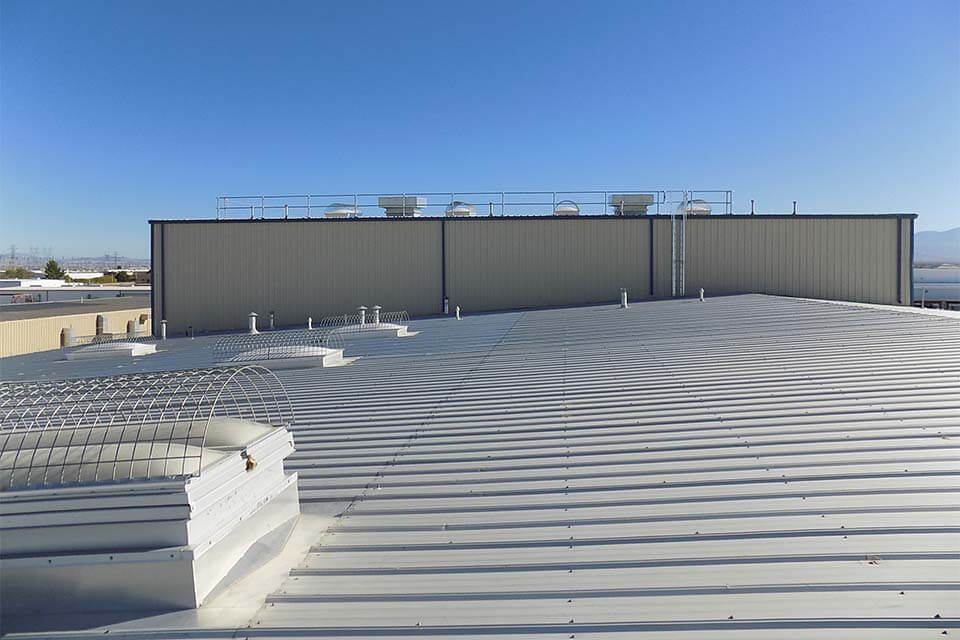
Safety plans should never attempt to be a one-size-fits-all solution. There are so many different factors that can contribute to a hazardous situation that each needs to be evaluated for the proper means of abatement. Fall protection on roofs is no different, so let’s look at it in more depth.
When developing safety plans for roof work, the configuration of the roof could dictate your fall protection solution. The type of work being performed may also be a deciding factor. Either way, you need to begin with what type of roof you’re on as each one will have its pros and cons when it comes to fall protection solutions.
From a general standpoint, if you are working on an existing roof, you should always perform an inspection (or have an expert perform an inspection if you’re not one) prior to starting. Some buildings and roof types will allow for good visual inspections to be done from below, while others will require specialized equipment and other techniques to ensure the roof still has the integrity needed to support workers and equipment. Knowing the roof’s load rating is also important, because if the intended roof load is less than the weight of the equipment you’re bringing up, then there’s no point in trying to determine the roof’s current integrity.
But let’s assume the roof has been deemed structurally sound and your work can commence. What are some of the specific hazards you may encounter with different roof types?
TPO / PVC / EPDM Roof
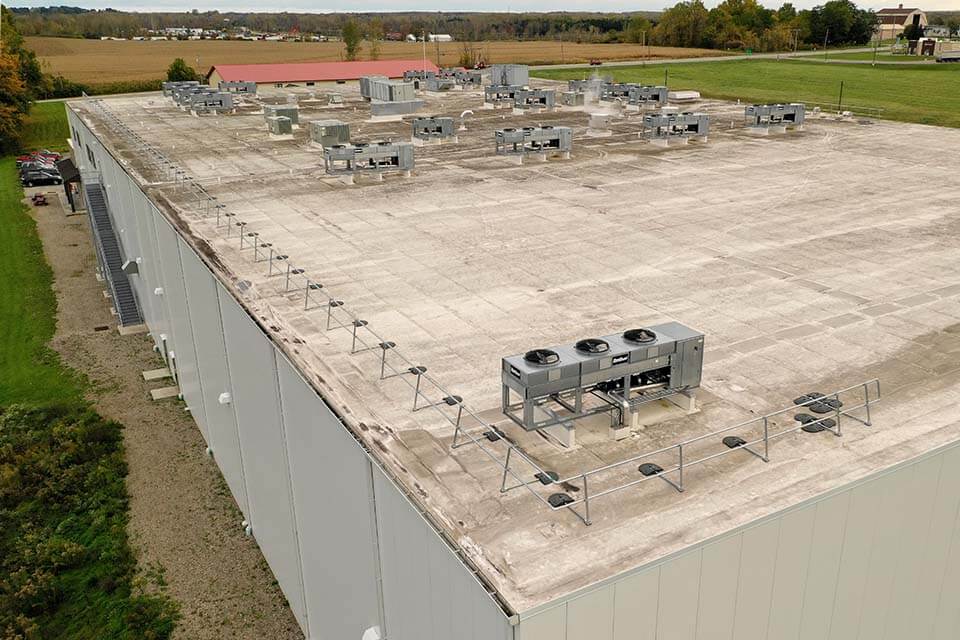
One of the defining characteristics of TPO/PVC/EPDM roofs is that they tend to be very slippery when wet. If you are developing a safety plan for use while working on a roof of this type, do not dismiss the danger brought on by an overnight rain, working through an afternoon shower, or even just by morning dew when conditions are right. Adjusting your start times and having contingency plans for certain types of weather are things that you’ll need to be considering. Ensuring your team has boots with good grip on them is also essential for the very same reason.
In addition, would the weight of a counterbalanced system be enough to offset the potential for your guardrail or anchor point from slipping, even slightly, across a slick surface? It’s important to know this, as a facility may not allow you to penetrate its TPO/PVC/EPDM roof because of the potential for leaks around the penetrations. Even if you are allowed, the material will prevent you from having any look at whether or not the connection to the roof is still stable as your work progresses.
Standing Seam Metal Roof
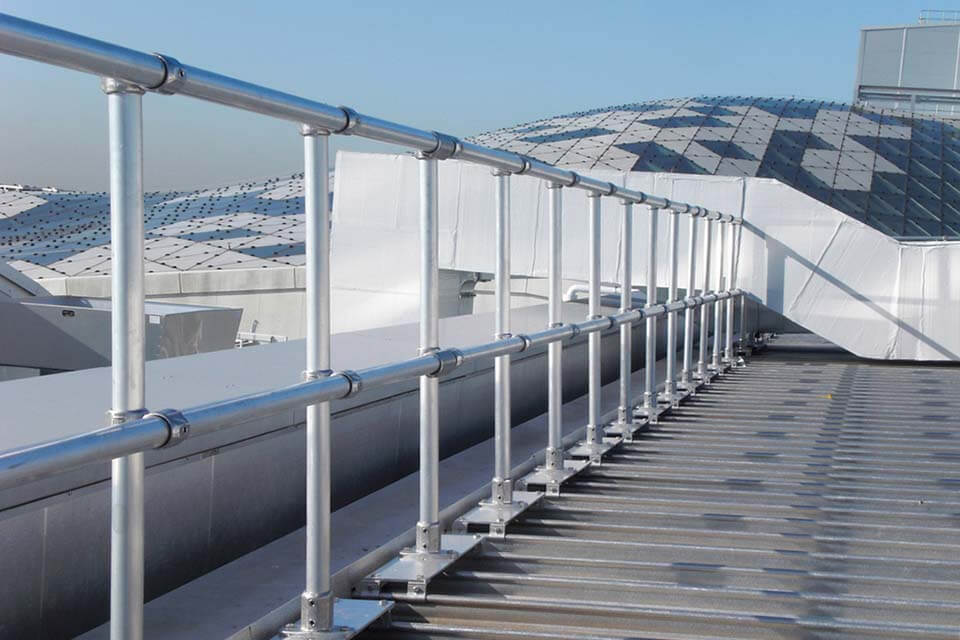 " />
" />
One of the biggest hazards with this type of roofing is that the material itself poses a pretty significant tripping hazard. Every individual seam is a potential toe-catcher. Keep this in mind when you’re making the decision to use a warning line as opposed to a rail system, because that warning line is certainly not going to do anything to stop somebody from falling. The nice thing about standing seam metal roofs, though, is that they’re usually really easy to clamp onto, broadening your options for fall protection.
Corrugated Metal Roof (R Panel)
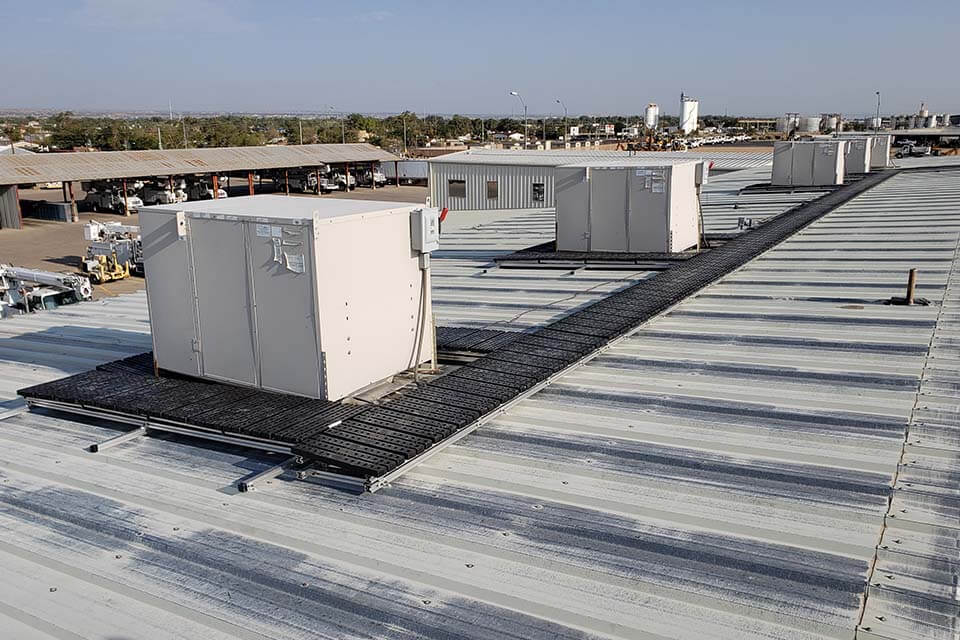
Corrugated metal roofing is another option that will have similar concerns and advantages as Standing Seam Metal roofing. To start, you’ve got an uneven surface, so the trip hazard is once again a concern. Also, your options for fall protection will most likely be limited to penetrating options.
The gauge of the sheets is going to dictate what works. If the sheet is too thin, for instance, an anchorage could tear right out of it in a fall event. That doesn’t mean that anchors are not an option because you may be able to secure that anchor to the structural steel below. The point is, you’ll at least be able to consider many different options, from guardrail to anchors, in order to determine the proper solution.
Asphalt Roof (Shingles)
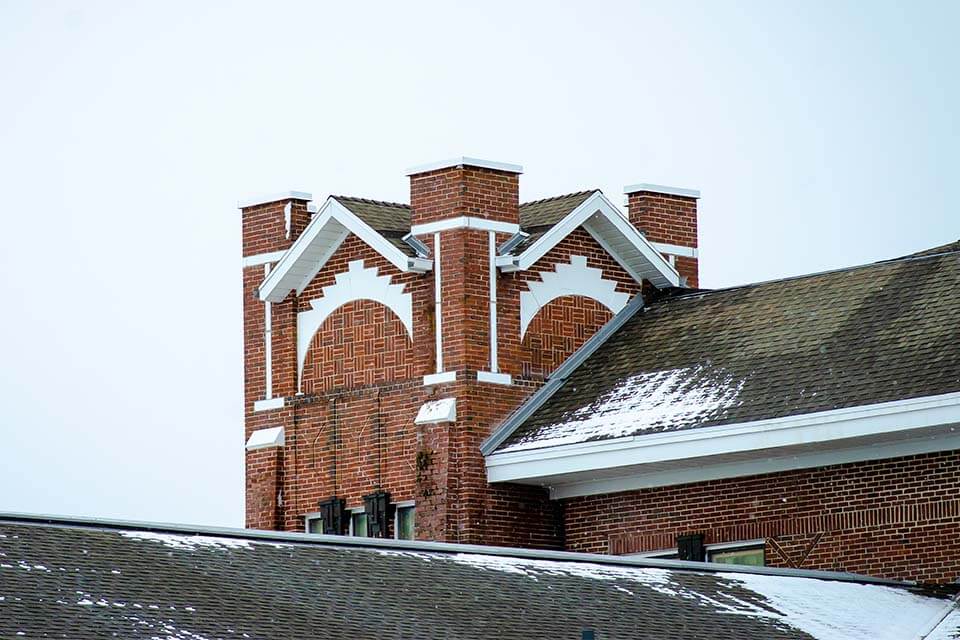
This type of roof is probably the most limiting. The material itself is not going to offer a secure anchor for any rail or personal fall arrest system, so you’re going to need to attach to what is most likely a wood frame below. Unfortunately, this type of construction doesn’t always meet the necessary requirements for these systems and, if it does, you’re going to need to check the condition of the wood to ensure no rotting has occurred. Obviously, this is more of a concern the longer the systems are in place.
In addition, the slope of the roofs that shingles tend to be used on could pose additional challenges to installing various types of protection. Looking into options designed specifically for residential roofs may be the best alternative in this situation.
Conclusion
As we often see in safety, there is no single solution that is the right answer every time. When building out or working on a roof, you need to evaluate the materials, the slope, the conditions and determine which solution works best in your given situation. Many options exist (weighted rails, edge clamps, parapet clamps, systems that get anchored to the roof or structure below, weighted carts, and more), but it’s your responsibility to determine which ones will protect your workers.
Contact one of our experts to get help navigating fall safety on your roof.



